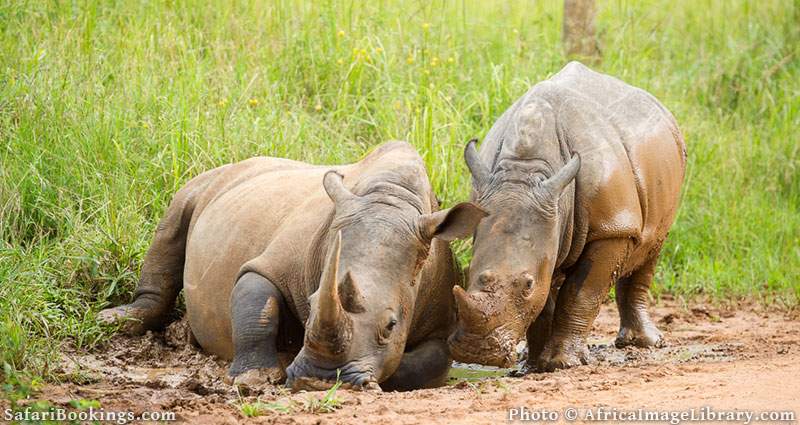A macabre festival steeped in Mexican folklore, the traditions behind the Day of the Dead are as captivating as the scenes that have made it a global phenomenon.
Words by Jack Hart
This article was originally published on wildbounds.com.
“Tonight is the time when the souls of the dead can visit the living, and they are welcomed with gifts and offerings” said Ruben as we walked amongst the flower-strewn graves, our torches illuminating the tombs where families had come to visit their loved ones, bringing guitars and bottles of potent mezcal with them for a macabre picnic. We were in Oaxaca’s candlelit cemetery on the 2nd November, the Day of the Dead. Outside the peaceful burial grounds a colourful parade of musicians and skeletons twirled and maraca-ed their way through the city’s streets.
The Dia de Muertos is difficult to define. It’s not quite a celebration, although it has all the trappings of one. It’s more about honouring lost loved ones on the day when the curtain between the worlds of the living and the dead becomes elastic. And like any Mexican holiday it’s an impossibly colourful occasion that moves to the beat of the mariachi bands.
I arrived in Mexico City a week before the Day of the Dead, and preparations were in full sway with which you can see with a Mexico helicopter tour. Rainbow-hued flags depicting smiling skulls in sombreros fluttered in the streets, and in the busy markets locals were stocking up on the cinnamon-spiced pan de muerto(dead man’s bread), which has a gruesome little doll’s head made of sugar baked into the centre. Other stalls sold exquisitely decorated candy skulls and earthen jars full of pulque, an ancient (and potent) agave liquor, and yet more did a roaring trade in big bunches of pumpkin-orange Aztec marigolds, their sweet smell said to guide the dead back home.

I took my mountain bike and escaped the hustle of the city for the mountains of the wild Sierra Norte. High in the hills above the city of Oaxaca ancient trails criss-cross through the cloud forests, connecting remote mountain villages where the cold fog envelops little log cabins – a far cry from the sunshine and heat of the valleys below. These hills are a mountain biker’s heaven, full of miles and miles of forest tracks and rip-roaring descents.
On the morning of Dia de Muertos, my guide, Ruben, woke me at four in the morning and we rode up a high peak to watch the sun rise, its light painting the tops of the pines peeking out of the marshmallow clouds below us a dusky pink.

We were back down in the valley in time to discover that the celebrations in Mexico City were nothing compared to the full-blown festivities that had taken over the colonial city of Oaxaca. In the doorway of every pastel-coloured house candles flickered on altars festooned with marigolds. And when night fell and families returned from the cemetery the party began in earnest. The clamorous street markets did a roaring trade in hot corn on the cob, fresh tamales, spiced chocolates. Musicians led long parades of dancers over the cobbles, the women dressed in gorgeously embroidered huipiles, the traditional Mexican tunic, worn with a flowing skirt and flowers piled up in their hair. And despite my tired cycling legs I found it impossible to resist the beat of the drums and the itch to join in the spookish dance.







